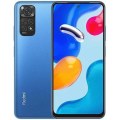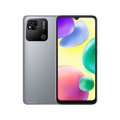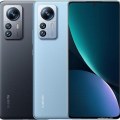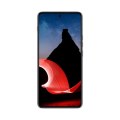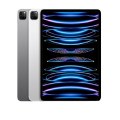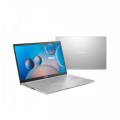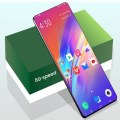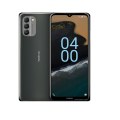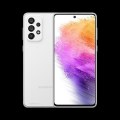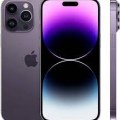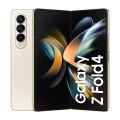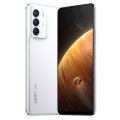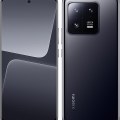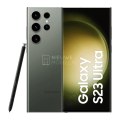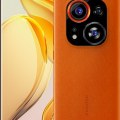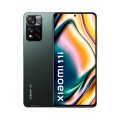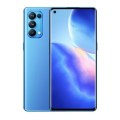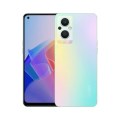- Home
- All Products
- Mobiles
- Redmi 10C Full Specifications
Redmi 10C Full Specifications
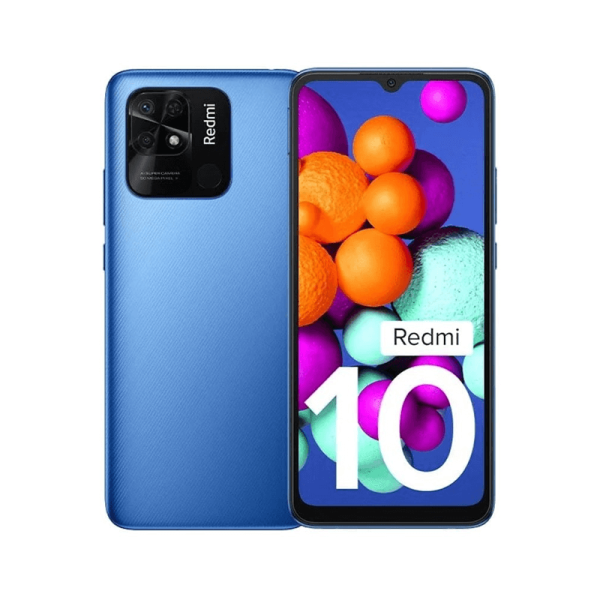

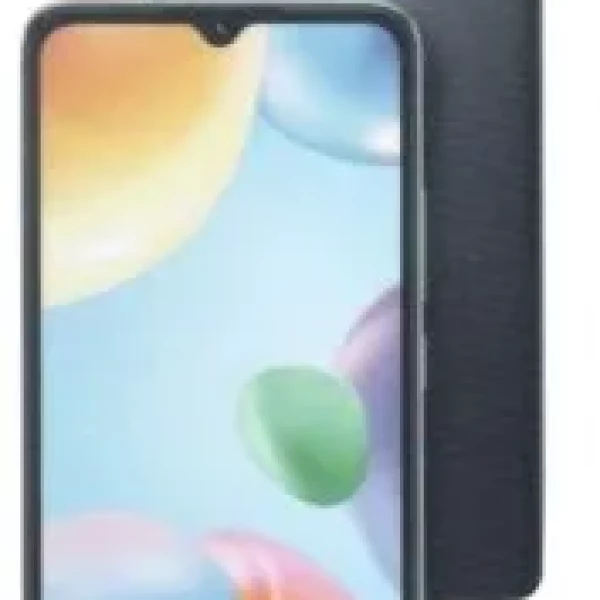
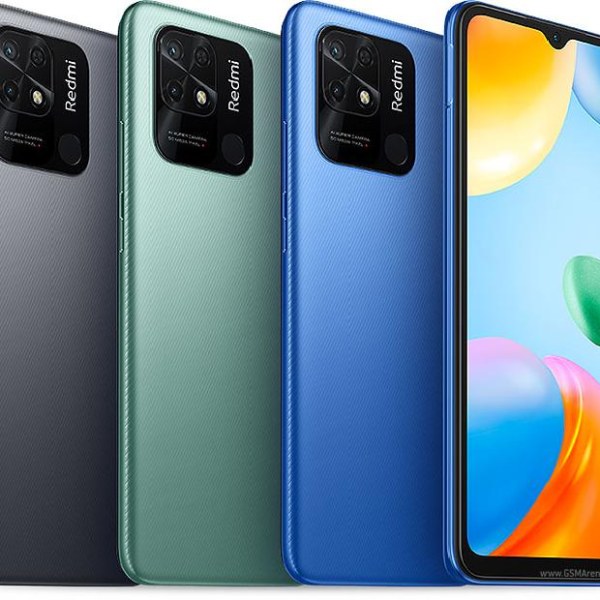

Redmi 10C Full Specifications
Redmi 10C Full Specifications-Immersive 6.71″ display Powerful speaker with vibrant sound. Snapdragon® 680 6nm energy-efficient processor Redmi 10C the incredible octa-core Snapdragon® 680 processors also built on the flagship-level 6nm process. This makes it capable of great performance while also being highly power efficient, extending Redmi 10C’s battery life. more products 6nmProcess technology Up to 2.4GHzClock speed Get things done faster and more! UFS 2.2Redmi 10C’s UFS 2.2 memory offers snappier and smoother performance, letting you run and access apps quickly and efficiently. Up to 1TB Supports expandable storage Store more photos and videos without ever worrying about being limited by storage space.1
Large 5000mAh battery
Say goodbye to low battery anxiety Redmi 10C gives you a massive 5000mAh (typ) battery that lasts over two days*, letting you stay powered up while on the go.29hours reading 190 hours of music 19 hours of video playback 11hours of gaming Supports 18W fast charging Recharge Redmi 10C’s massive battery in no time with up to 18W fast charging. Redmi 10C comes with a 10W inbox charger, 18W charger sold separately.
Large 6.71″ display Immersive viewing experience
Equipped with a large 6.71″ display which is rare in its price segment, a world of stunning vision awaits. The Redmi 10C also supports Netflix HD and Prime Video HD for a decent streaming experience.
Powerful speaker with vibrant sound
Immerse yourself in your media with Redmi 10C’s powerful speaker system, giving you full and vibrant audio. 40%Higher volume than the previous generation.
50MP ultra-clear camera
Capture amazing content with stellar details Redmi 10C delivers professional-level photography in a fun-sized package. Make the most of your memories with the high-resolution 50MP camera that’s perfect for capturing those unforgettable moments. 50MPMain camera 2MPDepth camera 50MP mode Capture your life in crystal-clear high resolution. Portraits modeCreate natural bokeh effect for your portrait shots.
Note-We are not Sale any products to customer, we just describe the device specifications with price. The all information of this website is not 100% accurate we just collect this information from different website which is not verified.
Specification
General
| Price |
4GB+64GB @৳ 14,999 4GB+128GB @৳ 15,999 |
| Device Type | Smart phone |
| Model | 220333QAG, 220333QBI, 220333QNY, 220333QL |
| Announced | 21 March, 2021 |
| Released | 23 March, 2021 |
| Status | Available |
Design
| Type Design Type called form factor refers to a mobile phone's size, shape, and style as well as the layout and position of major components of phone. There are three major form factors seen in mobile phones => bar phones, folding phones and sliding phones. | Bar |
| Dimensions | 169.6 x 76.6 x 8.3 mm (6.68 x 3.02 x 0.33 in) |
| Weight | 190 g (6.70 oz) |
| Colors | Graphite Gray, Ocean Blue, Mint Green |
Display
| Display Type Display Technology => A number of display technologies and types used in mobile phones => TFT (Thin Film Transistor), IPS (In-Place Switching), OLED (Organic Light Emitting Diode), AMOLED (Active-Matrix Organic Light-Emitting Diode), Super AMOLED (an even advanced version of AMOLED), Resistive Touchscreen (Resistive touchscreens contain two layer of conductive material with a very small gap between them which acts as a resistance), Capacitive Touchsceen (Capacitive touchscreen technology consists of a layer of glass coated with a transparent conductor) | IPS LCD |
| Size | 6.71 inches, 106.5 cm2 (~82.0% screen-to-body ratio) |
| Resolution | 720 x 1650 pixels (~268 ppi density)720 x 1650 pixels (~268 ppi density) |
| Display Protection Display Protection => Gorilla Glass is a special alkali-aluminosilicate glass shield with exceptional damage resistance that helps protect mobile displays from scratches, drops, and bumps of everyday use, It is always better to go for a smartphone with Gorilla Glass for that added protection and peace of mind. | Corning Gorilla Glass |
Network
| 2G Network | GSM 850 / 900 / 1800 / 1900 - SIM 1 & SIM 2 |
| 3G Network | HSDPA 850 / 900 / 1700(AWS) / 1900 / 2100 |
| 4G Network | 1, 2, 3, 4, 5, 7, 8, 20, 28, 38, 40, 41 |
| Speed | HSPA, LTE-A |
| SIM SIM (Subscriber Identity Module) is a small card that contains mobile network subscriber's account information. This allows the phone using the card to attach to a mobile network. The SIM card is most commonly associated with GSM and UMTS mobile networks. Moving a SIM card from one phone to another allows a subscriber to switch mobile phones without having to contact their mobile network carrier. SIM cards can also be used by a phone to store limited amounts of data, such as phone numbers and text messages. | Nano SIM |
| Dual SIM | Dual SIM (Nano-SIM, dual stand-by) |
Media
| FM Radio | Yes |
| Loudspeaker | Yes |
| Handsfree | Yes |
Camera
| MAIN CAMERA Camera is able to capture photographs and usually videos, The most important characteristics of a camera are the resolution (measured in megapixels), lens focus type (fixed or automatic), higher megapixel cameras are known to capture higher quality photos, but not always a good measurement of the photos quality. | Dual |
| Camera Types |
50 MP, f/1.8, 26mm (wide), PDAF 2 MP, f/2.4, (depth) |
| Video | 1080p@30fps |
| SELFIE CAMERA | 5 MP, f/2.2 |
| Video Recording Modes | 1080p@30fps |
Software
| Operating System OS => Every computer system run on a base software called Operating System (OS). Operating System controls all basic operations of the computer (such as smartphone, PDAs, tablet computers and other handheld devices). The Operating System allows the user to install and run third party applications (apps), apps are used to add new functionality to the device. | Android 11, MIUI 13 |
Hardware
| Chipset Chipset is a group of integrated circuits designed to perform one or a more dedicated functions, often with real time computing constraints, Popular smartphones are equipped with more advanced embedded chipsets that can do many different tasks depending on their programming. | Qualcomm SM6225 Snapdragon 680 4G (6 nm) |
| CPU CPU (Central Processing Unit) mostly known as processors, CPU processes instructions in order to carry out certain functions that make your device operate properly. Processors are often described as the brain of computers, smartphones and tablets, Smartphones and tablets rely on processors to carry out their every task, Processors are an incredibly important factor in selecting any type of computing device, including your smartphone. | Octa-core (4x2.4 GHz Kryo 265 Gold & 4x1.9 GHz Kryo 265 Silver) |
| GPU GPU (Graphics Processing Unit) is a single-chip processor designed to rapidly manipulate and alter memory to accelerate the creation of images in a frame buffer intended for output to a display, This includes things such as lighting effects, object transformations, and 3D motion. | Adreno 610 |
| RAM (Memory) RAM (Random Access Memory) is a type of computer memory that can be accessed randomly, any byte of memory can be accessed without touching the preceding bytes that allows information to be stored and accessed quickly from random locations. RAM is the most common type of memory found in computer systems, smartphones, tablets and other electronic devices. | 64GB 3GB RAM, 64GB 4GB RAM, 128GB 3GB RAM, 128GB 4GB RAM-UFS 2.2 |
| Internal Storage Internal Storage is a data storage space (flash memory) mostly used in smartphones, tablets and other electronic devices where operating system, apps, music, photos, videos, files and other user data Is stored. | 64GB 3GB RAM, 64GB 4GB RAM, 128GB 3GB RAM, 128GB 4GB RAM-UFS 2.2 |
| Card Slot Memory Card Slot is a special slot for inserting a memory card. Memory cards allow you to expand the phone's built-in memory, A memory card (sometimes called a flash memory card or a storage card) is a small storage medium used to store data such as text, pictures, audio, and video, for use on small, portable or remote computing devices such as mobile phones, mp3 players, digital cameras. | microSDXC (dedicated slot) |
| Sensors Sensors are electronic components that detects and responds to some type of input from the physical environment. The specific input could be light, heat, motion, moisture, pressure and location, The output is generally a signal that is converted to use in computing systems, a location sensor, such as a GPS receiver is able to detect current location of your electronic device. | Fingerprint (rear-mounted), accelerometer, proximity |
Connectivity
| Bluetooth Bluetooth is a wireless communications technology for exchanging data between mobile phones, headsets, computers and other network devices over short distances without wires, Bluetooth technology was primarily designed to support simple wireless networking of personal consumer devices. | 5.0, A2DP, LE |
| Infrared Infrared connectivity is an old wireless technology used to connect two electronic devices. It uses a beam of infrared light to transmit information and so requires direct line of sight and operates only at close range. | |
| Wi-fi Wi-Fi is a popular wireless networking technology using radio waves to provide high-speed network connections that allows devices to communicate without cords or cables, Wi-Fi is increasingly becoming the preferred mode of internet connectivity all over the world. | Wi-Fi 802.11 a/b/g/n/ac, dual-band, Wi-Fi Direct |
| Wi-fi Hotspot | |
| USB | USB Type-C 2.0, OTG |
| GPS GPS The Global Positioning System is a satellite-based radio navigation system, GPS permits users to determine their position, velocity and the time 24 hours a day, in all weather, anywhere in the world, In order to locate your position, your device or GPS receiver must have a clear view of the sky. | GPS, GLONASS, BDS, GALILEO |
| NFC NFC (Near field communication) is a set of standards for smartphones and similar devices to establish peer-to-peer radio communications with each other by touching them together or bringing them into proximity, usually no more than a few inches. |
Battery
| Battery Type Battery Type => Cell phones run on various kinds of batteries depending on the manufacturer, phone size or shape and features. There are basically four types of cell phone batteries => Lithium Polymer, Lithium Ion, Nickel Metal Hydride and Nickel Cadmium. | Li-Poly (Lithium Polymer) |
| Capacity Battery Capacity is a measure (typically in Amp-hr) of the charge stored by the battery, and is determined by the mass of active material contained in the battery. The battery capacity represents the maximum amount of energy that can be extracted from the battery under certain conditions. | Li-Po 5000 mAh, non-removable |
| Charging | 18W wired |


